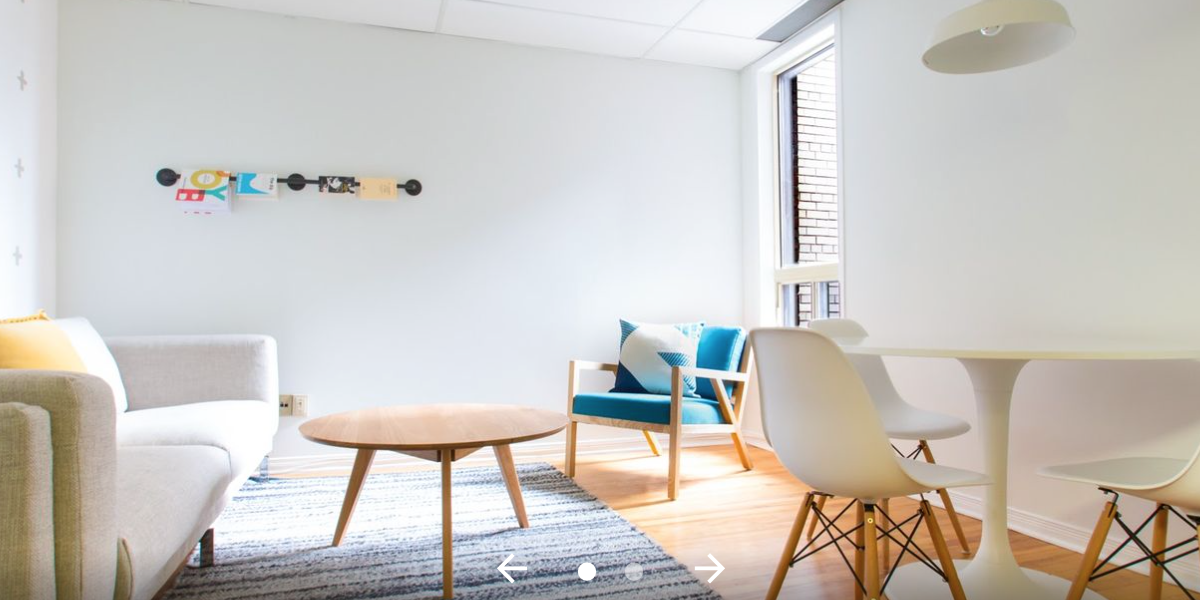It’s the one of most common questions marketers and their agencies ask each other once they’ve agreed to meet: “Our office or yours?” It may not be too long, however, before the answer is neither, and the really important work they do takes place in a co-working space instead.
Freelancers (and those between full-time positions) have already been flocking to shared office facilities that are rented out like gym memberships on a monthly, weekly or even daily basis. BrightLane, Foundry and the Centre For Social Innovation have also been a home to many startups or other small businesses that thrive on working shoulder-to-shoulder with fellow entrepreneurs. All that may soon change, however, as the idea of co-working becomes increasingly on-demand via apps and more organizations explore the benefits of moving outside their own walls.
At the recent Dx3 Canada conference, for example, Montreal-based Breather made an appearance to promote its upcoming availability in the Toronto market. While it’s a Canadian company, Breather is probably better known in the U.S. where business professionals can use its Uber-style app to call up available rooms for professional use for as little as an hour – enough time to take or make an important phone call, for instance – within a clean and quiet environment.
“A lot (of our business) is being driven by the changing demographics in the workforce,” said Ashleigh Berger, Breather’s general manager in Toronto. This includes not only those working on their own, but those in large organizations with open concept offices who want to get some heads-down work done. “We see a lot of the creativity industries, like agencies and their advertisers, who are using the space. They want an alternative space to meet with clients.”
Breather works with Cushman & Wakefield to find suitable spaces within the Toronto’s dense urban landscape and then curates them with hand-picked items that follow a common design philosophy, not unlike a retail store chain. Where possible, though, Berger said cities tend to have their own local touches.
One of the largest co-working operators in the world, with more than 75 locations, is WeWork, which is also scheduled to open its first Canadian location this month. According to Jesse Middleton, co-founder and VP of product innovation, said big companies are starting to see co-working as a viable extension of their operation.
“It’s not just for technology companies, start-ups and the designer who’s into free living. We now have companies like Silicon Valley Bank,” he said.
What those firms are attracted by – beyond some of the advantages of more flexible real-estate costs – is the potential for greater collaboration by being in a live marketplace of ideas.
“The little guy who is an amazing architecture designer gets almost the same level playing field as the big agency does. Sometimes they’re both in the same building,” he said. “There’s a certain energy, and that energy, while it’s slightly different from building to building and city to city, is about a collective of minds that are there which are not working for or with each other, but are working around each other.”
While co-working isn’t for everyone, Middleton likened the transition to going from the more structured life of high school to the more open world of college. You have to be more ready to ask for help, he said, whether it’s for ideas or just where to find the best place to eat nearby.
If the model takes off as these firms predict, expect there to be a lot more competition, though Berger said she isn’t worried.
“We control the experience, from the look and feel to the fact we clean the spaces after they’ve been used. There’s a whole operational layer in the back end. We differentiate based on that,” she said, adding that those taking the plunge are becoming more imaginative about it than ever before.
“We’ve seen photo sessions, pop up shops, baby showers . . . the beauty of the space is it’s very versatile for different types of use cases.”











